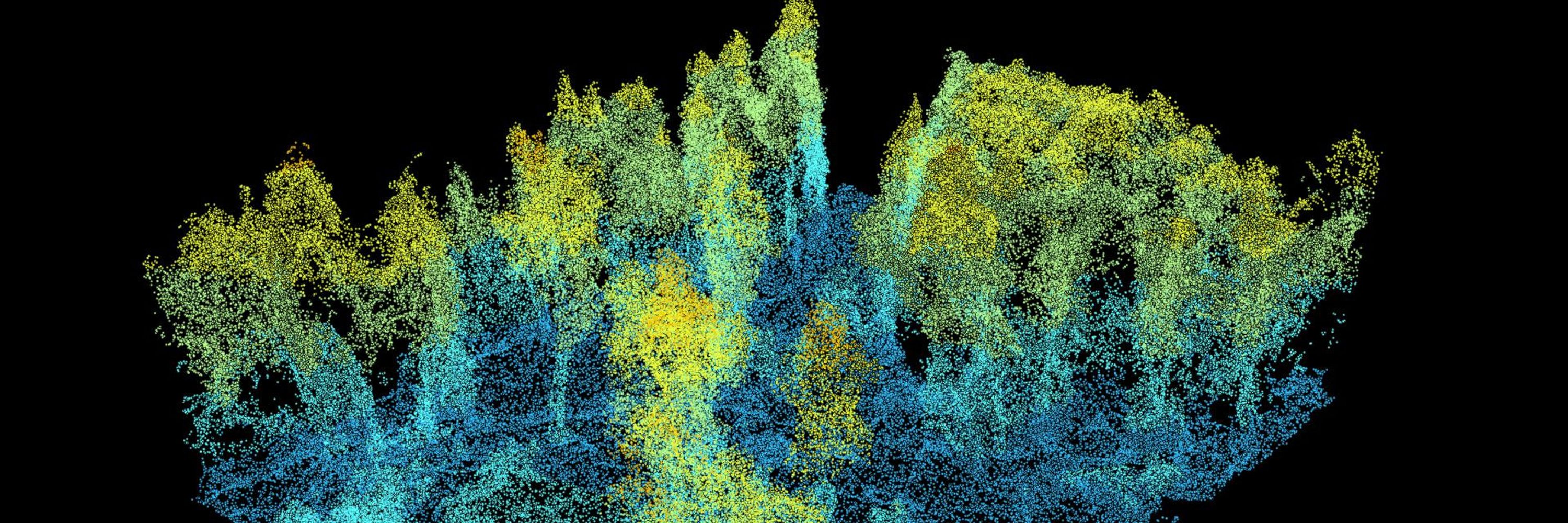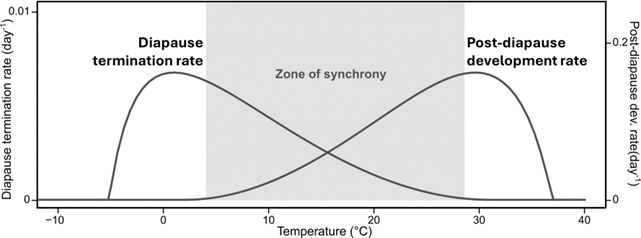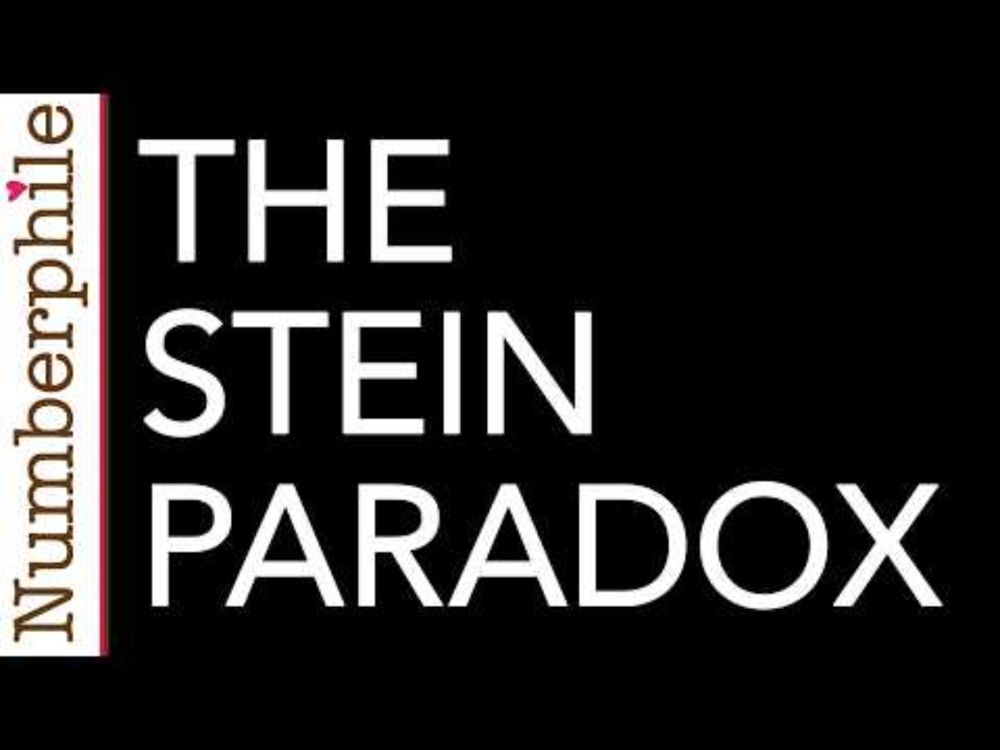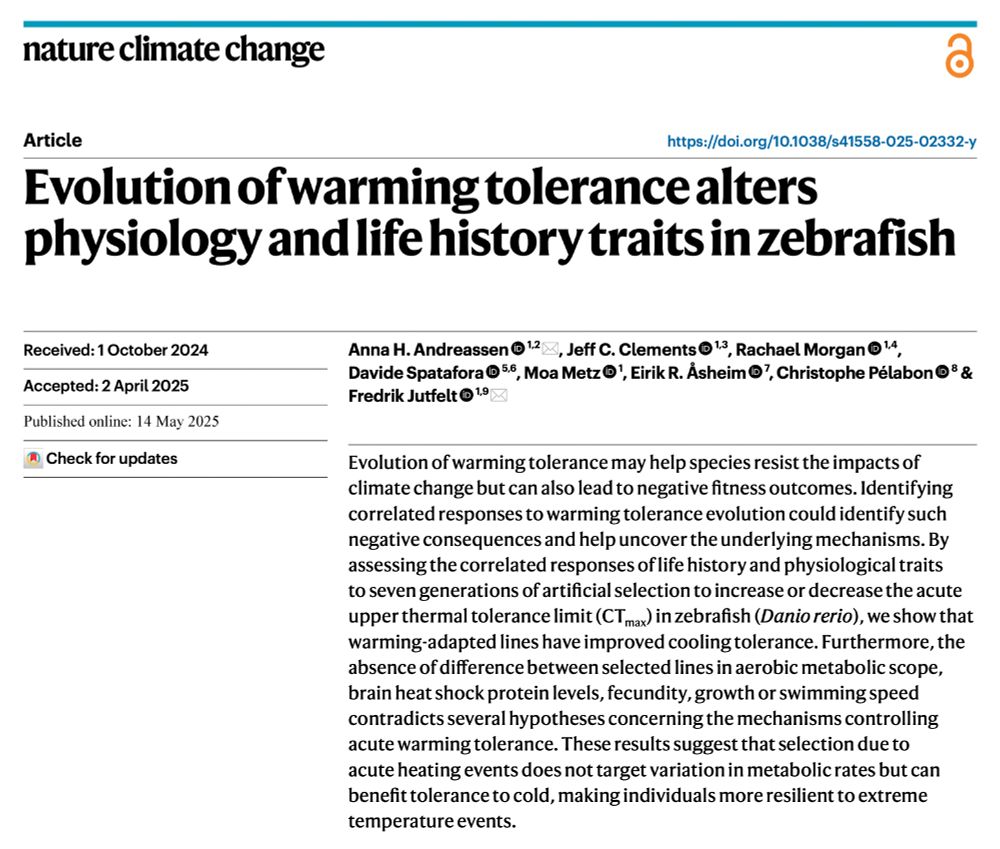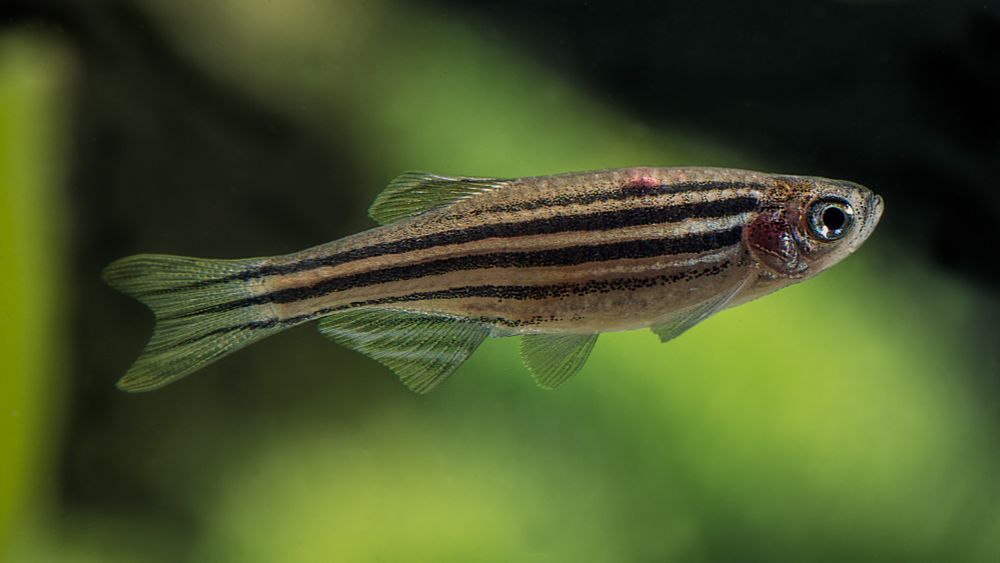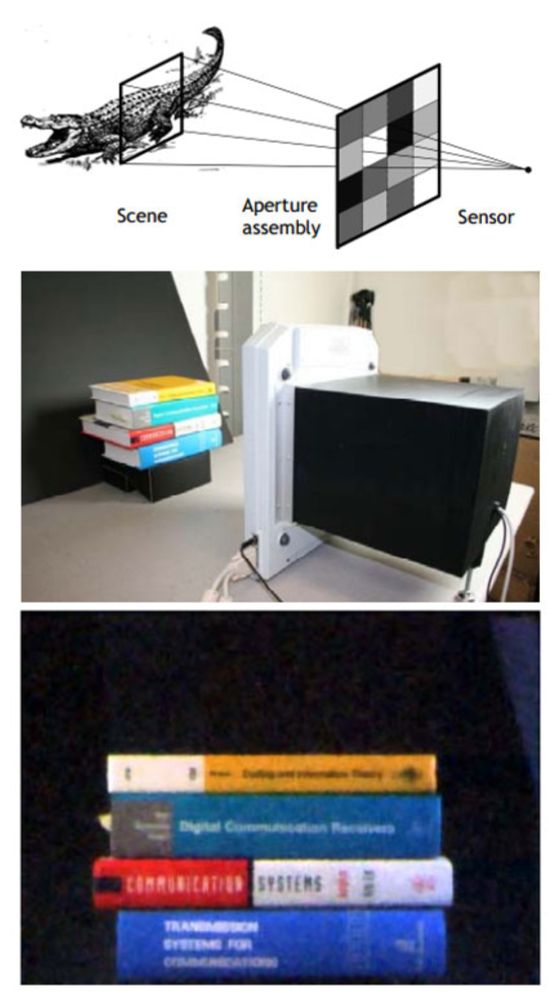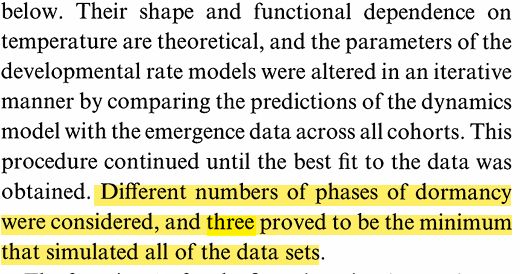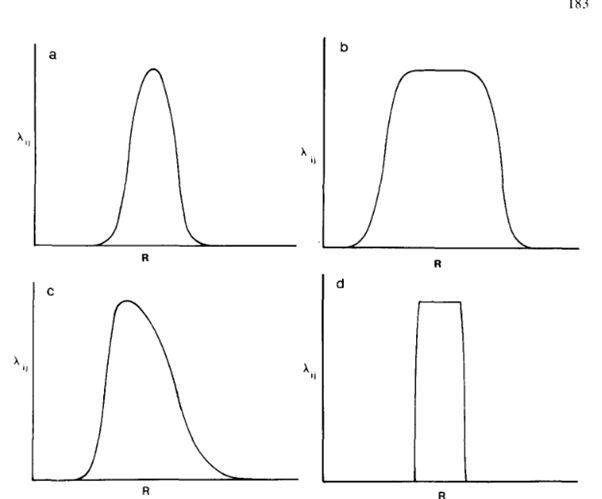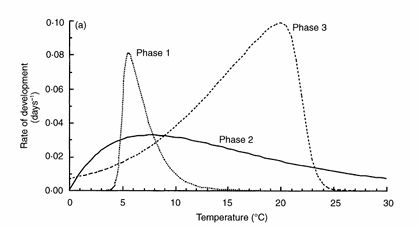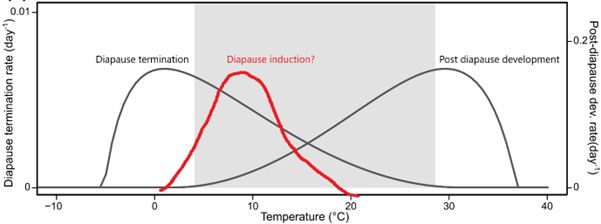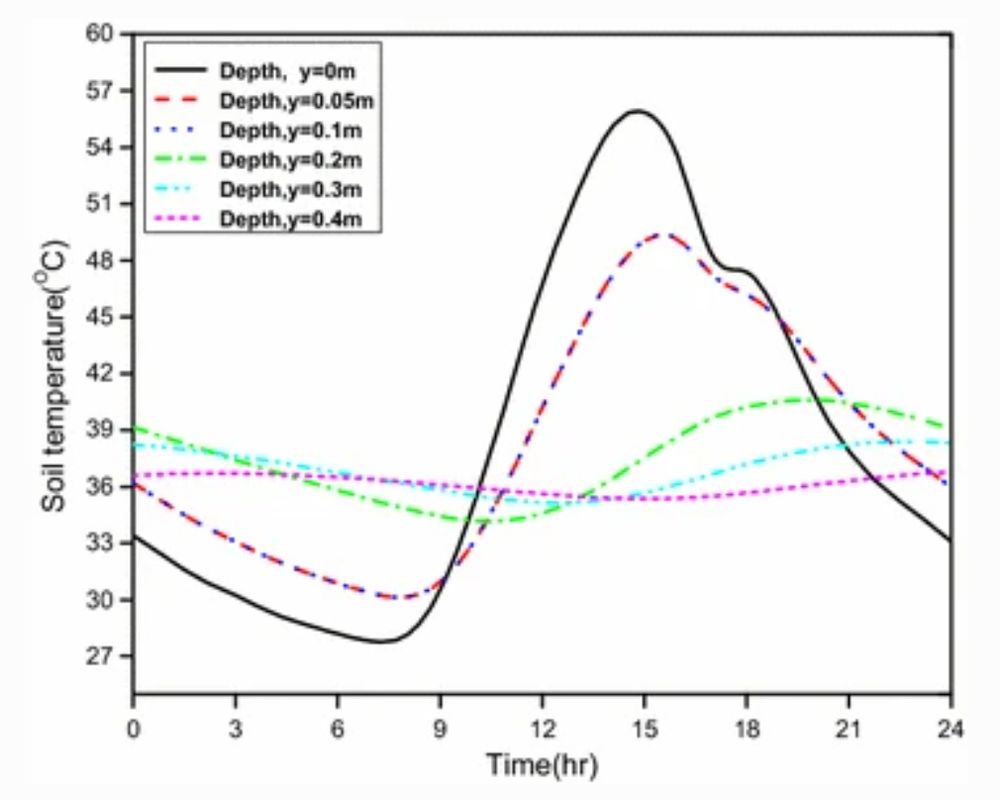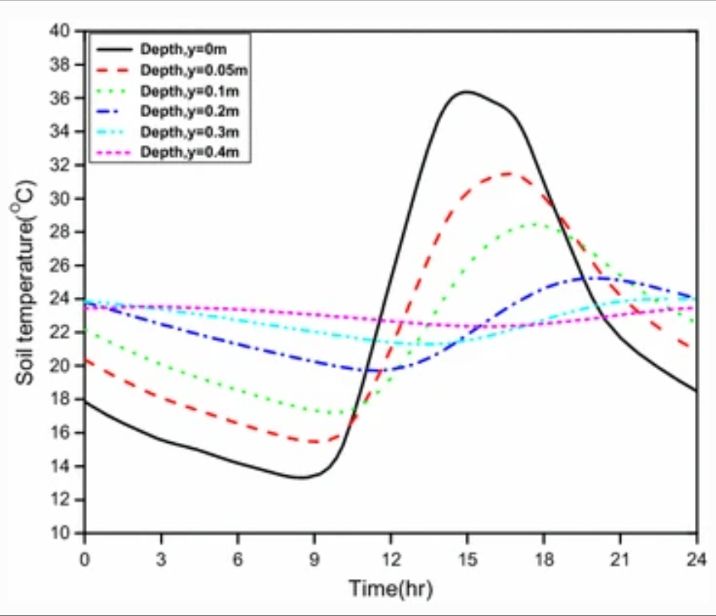Loke von Schmalensee
@vonschmalensee.bsky.social
1.4K followers
590 following
43 posts
Postdoc under @dbergerbiol.bsky.social working on insect thermal evolution and macroecology at @animecol-uu.bsky.social. Also interested in many other things, like which wines are good, how to predict stuff, and what's truly compressible in the world
Posts
Media
Videos
Starter Packs
Pinned
Reposted by Loke von Schmalensee
Reposted by Loke von Schmalensee
David Berger
@dbergerbiol.bsky.social
· May 16
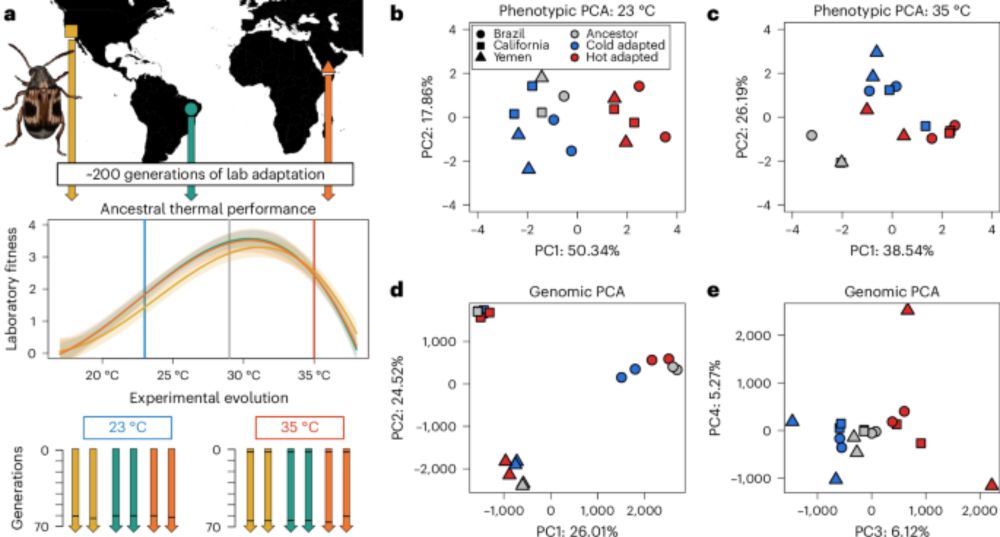
Repeatability of evolution and genomic predictions of temperature adaptation in seed beetles - Nature Ecology & Evolution
The authors compare genomic and phenotypic changes between genetic backgrounds of seed beetles evolved at hot or cold temperatures. Despite phenotypic changes being more rapid and predictable at hot t...
www.nature.com
Reposted by Loke von Schmalensee
Reposted by Loke von Schmalensee
David Berger
@dbergerbiol.bsky.social
· Jan 21
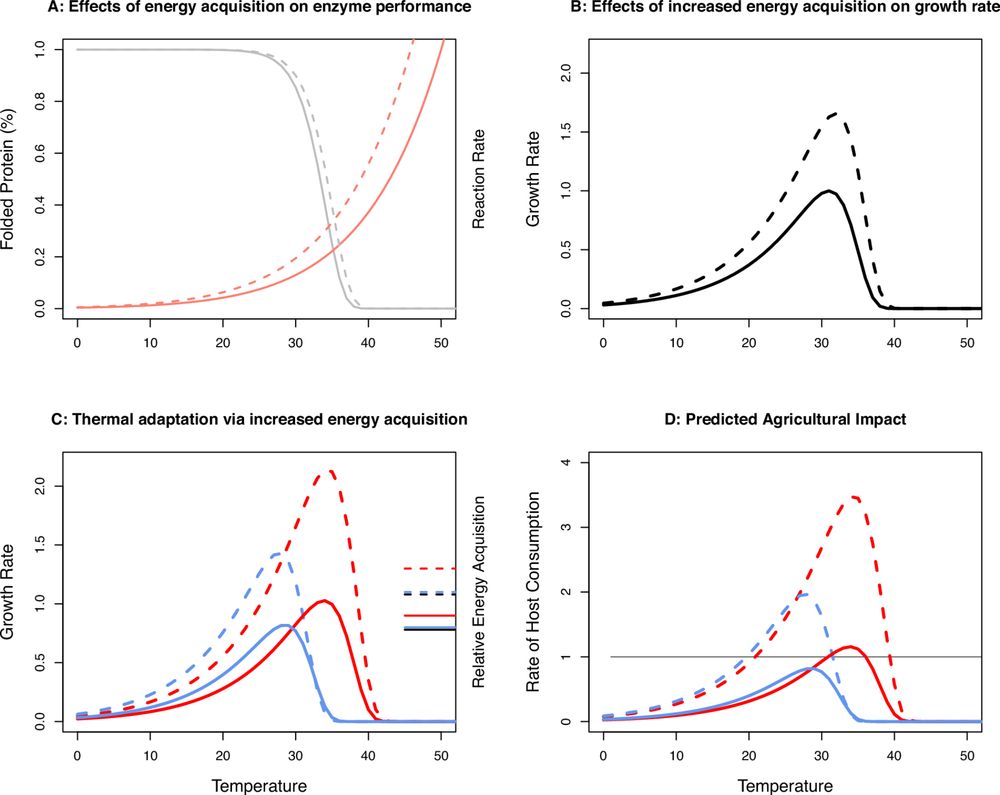
Life-history adaptation under climate warming magnifies the agricultural footprint of a cosmopolitan insect pest
Nature Communications - Current statistical projections of pest impact under climate change neglect the role of rapid genetic adaptation. Here the authors show that evolutionary responses in pest...
rdcu.be
Reposted by Loke von Schmalensee
Reposted by Loke von Schmalensee
Nicolas Mouquet
@nmouquet.bsky.social
· Dec 11
Reposted by Loke von Schmalensee
Brian J. Enquist
@bjenquist.bsky.social
· Nov 10
Reposted by Loke von Schmalensee
